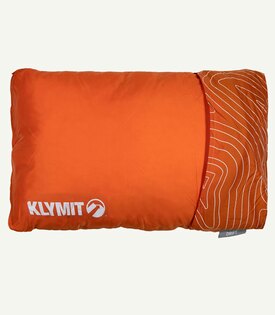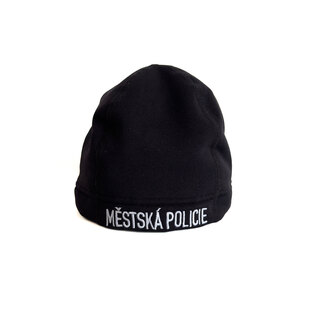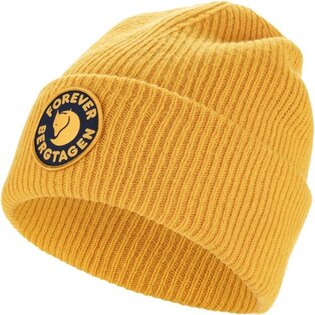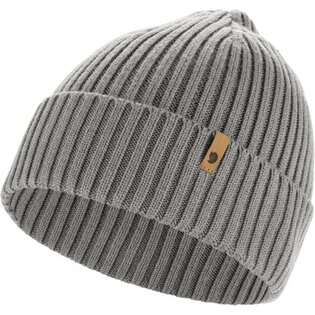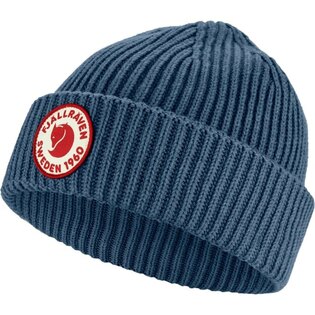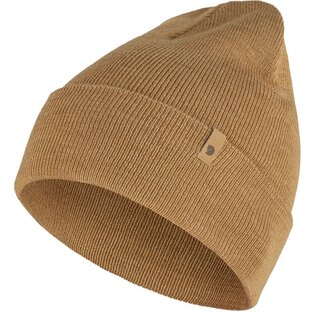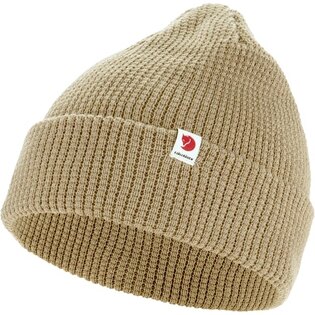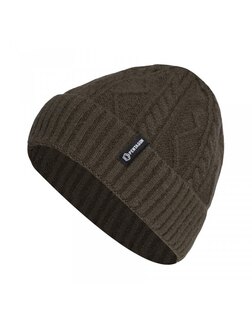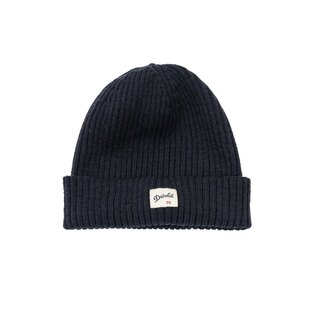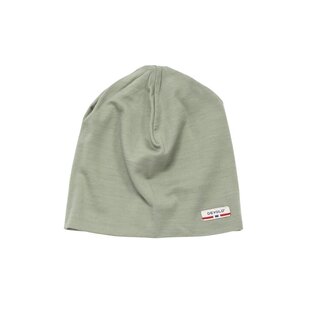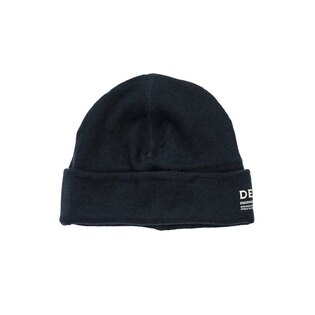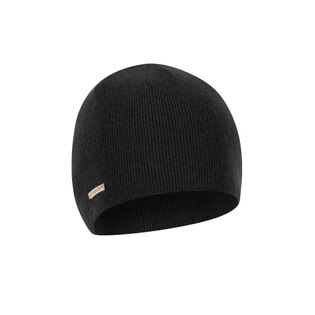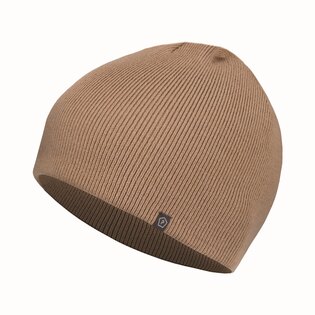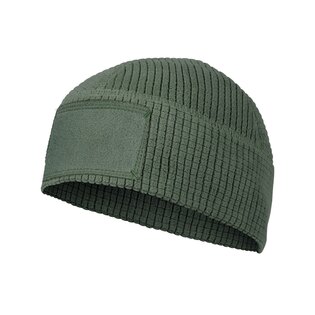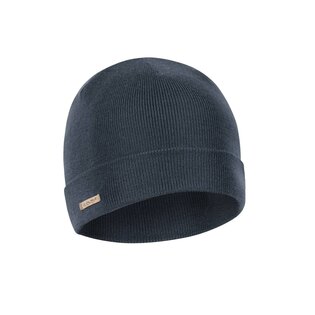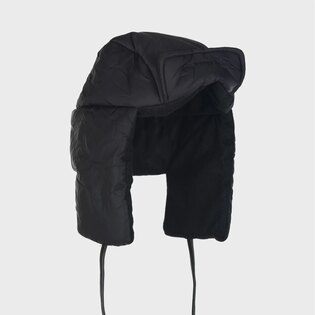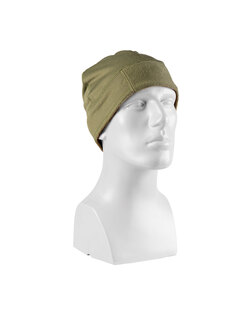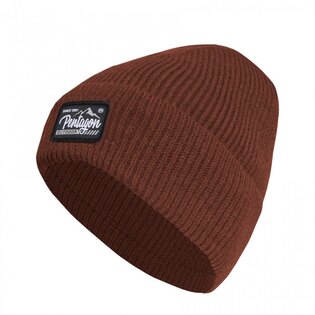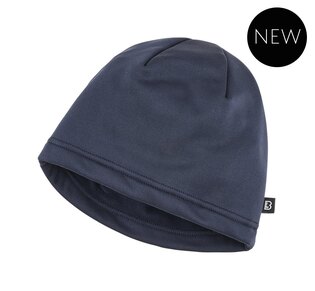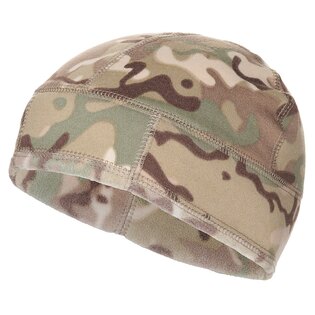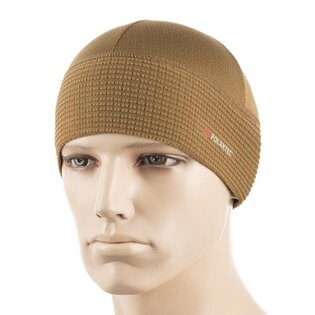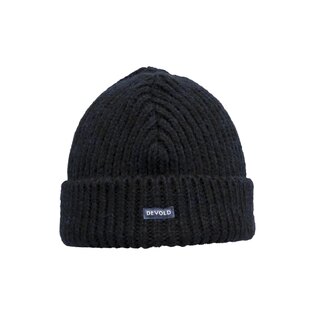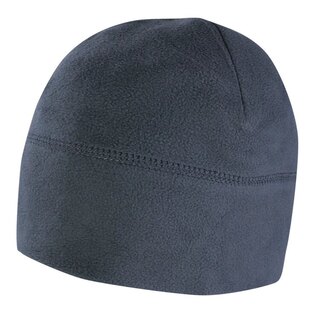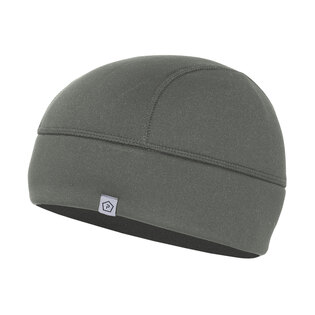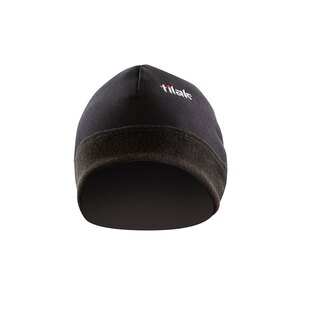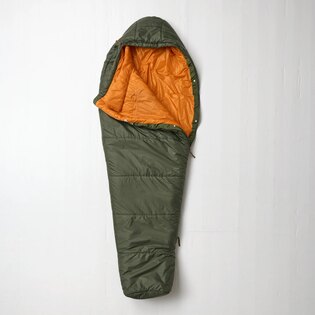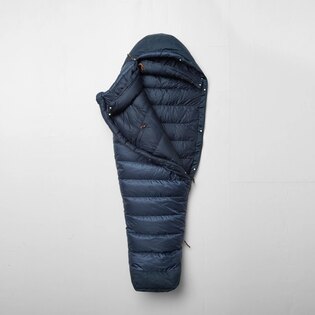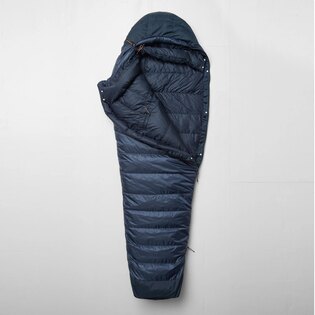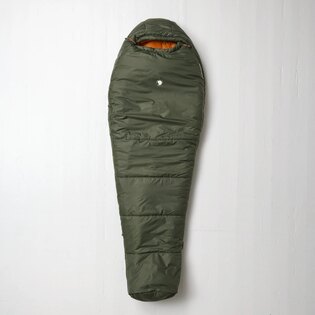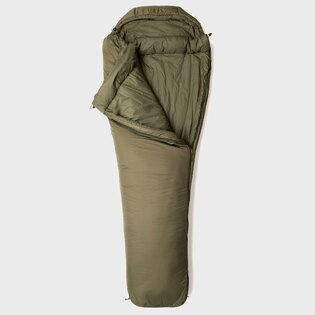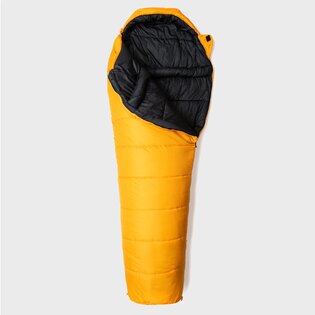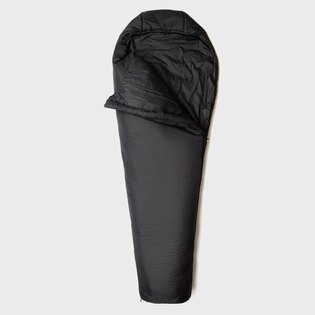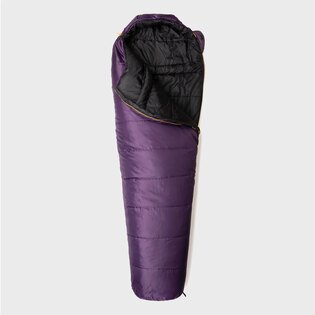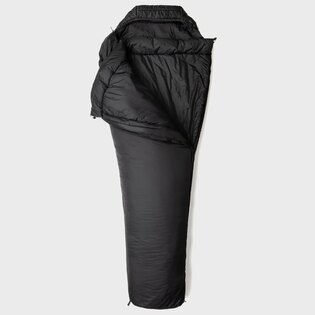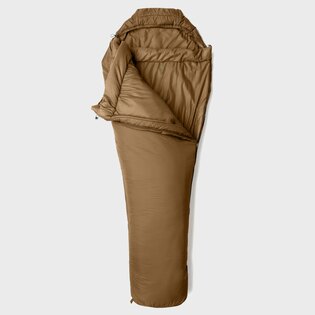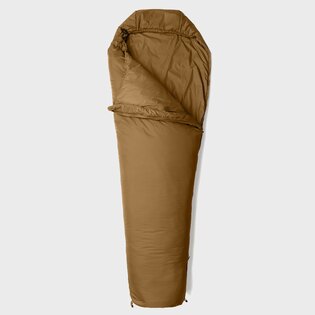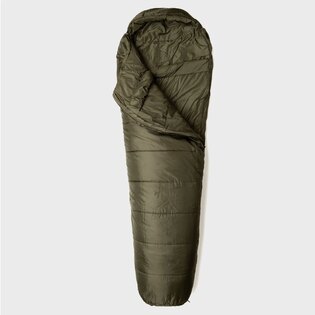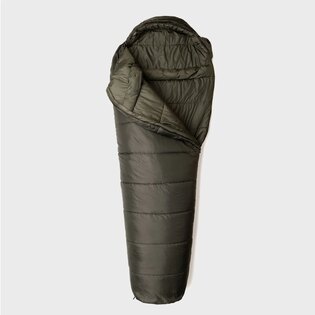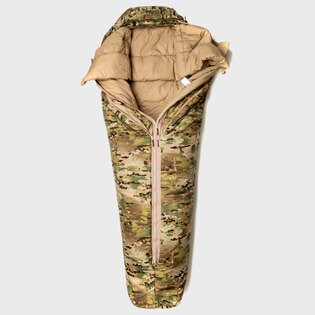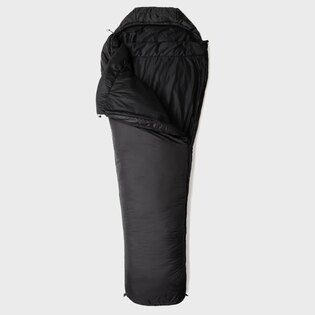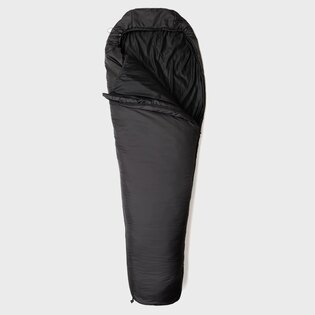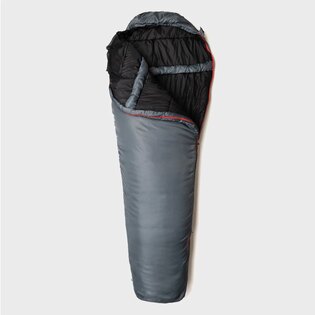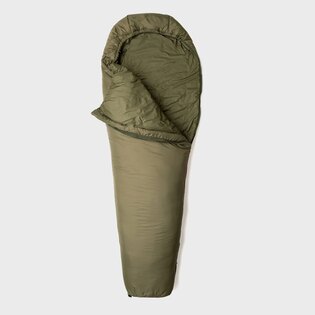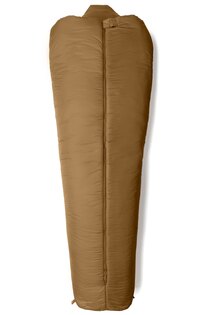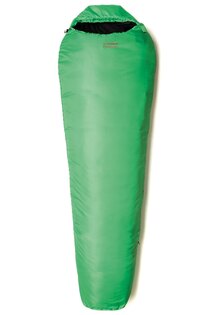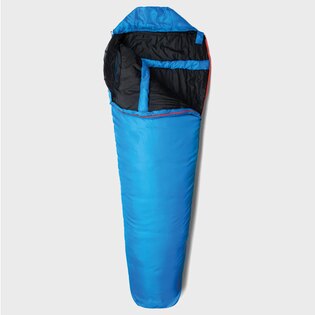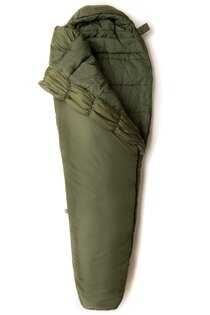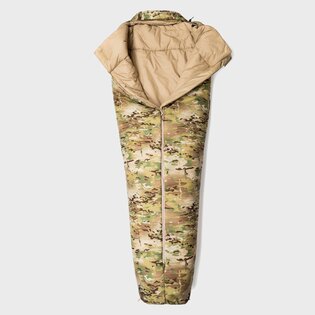The 10 most common winter camping mistakes
Winter does not forgive mistakes. Still, winter camping, bivouacking and sleeping in the wilderness is not just for lovers of extremes or participants in polar expeditions. Everyone can try it for themselves. But to make sure everything goes well, it's important to follow certain rules and principles, and above all, avoid basic mistakes. Which mistakes are among the most common and how can you avoid them so hat you can enjoy your winter outdoor adventure in health and maximum comfort?
Preparing for winter camping in the countryside is definitely on another level and needs to be taken a bit more seriously. Most importantly, never underestimate the cold, wind, early darkness, faster onset of fatigue, more difficult terrain orientation and other influences associated with long evenings and freezing temperatures. Mistakes made when winter camping can have much more serious consequences than the same mistakes made when camping in the warmer months. If we underestimate anything in winter, it can lead to hypothermia or death in extreme cases, which is not something we want to risk. So hat are the most common mistakes (not only!) beginners make when camping in winter and how can they be avoided?
1. Poor layering of clothes
The first basic mistake when winter camping is the poor layering of clothing. Here it doesn't hurt to remember how functional clothing and its individual layers work, the so-called "onion model".
- 1. layer: absorbent. The underwear should cover most of the body in winter, not just "subtly" cover the private parts. A functional tank top and long underpants made of synthetic material or merino wool are therefore suitable.
- 2. layer: insulating. Then there is the insulation layer, which in the torso area will most often consist of a sweatshirt, for example fleece, or a sweater, ideally wool. This layer has the task of not only keeping you warm, but at the same time also wicking away the moisture from the body that it has taken over from the first layer. Choose the type of sweatshirt according to the current conditions. A good alternative is to wear two thinner sweatshirts and remove one of them if it gets warmer. Check out our current selection of sweatshirts!
- 3. layer: top. The last layer is designed to protect against external influences, especially wind, rain and snow. This layer consists of a functional jacket that should have the highest possible water column for low water permeability from the outside, while at the same time being breathable to wick moisture well from the inside. You can choose a good winter jacket for this purpose. An alternative is a 'down jacket', which is lightweight, packable and insulates well, but is not waterproof. A jacket made of a membrane material, such as GoreTex, which is waterproof but still breathable, is also a good option for bad weather. GoreTex jackets are also easy to pack.
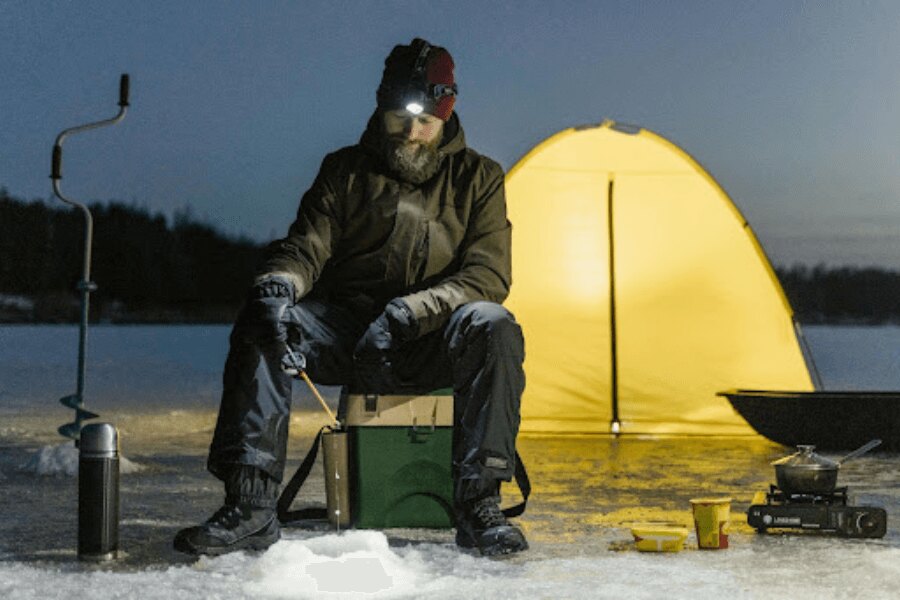
Winter camping doesn't have to be extreme. Just stick to a few important principles and avoid basic mistakes. hat are they?
TIP: Hardshell, softshell or GoreTex? Do you know the difference between them and choose correctly? If you are not sure, you'll find the answer in our article.
We will briefly return to the material of the first layer. The whole underwear set should not be made of pure cotton, because although it sucks water, it does not wick it away from the body. In other words, it dries slowly and you would get cold quickly in it in winter. Cotton is better when combined with a synthetic functional material such as polyester.
A slightly more expensive and luxurious option for underwear as the first layer of functional clothing is the popular and very comfortable merino wool. It's a natural material hat keeps you warm even when wet and doesn't smell. The downside is that it is slightly less durable, and merino clothing is also not very suitable for highly aerobic activities that make you sweat, as it dries more slowly. Merino wool combined with synthetics has excellent properties; such clothing combines the advantages of both materials.
2. You sweat and stay wet
Especially if you spend more than one day on the terrain in winter, be alert when you get sweaty. Whether it's during a hard day's hike or perhaps when preparing an evening campfire or camp, chopping wood, building a shelter, digging, etc.
You can, of course, do some of the work more slowly, but there is still a risk hat you will overheat with increased physical activity, and you simply cannot control your body's processes during a 20-kilometre march.
It is therefore advisable not to wait for anything and to change into dry clothes as soon as you stop. If you are static, you will quickly catch cold in damp clothes and risk hypothermia or lying in bed with cold for days or weeks.
3. Temperature readings on your sleeping bag are a face value
The temperature data given by the sleeping bag manufacturer is usually only a guide and cannot be relied upon as a face value. Every sleeping bag we sell on Rigad.cz has a comfort temperature and you should adjust this to the current weather or the lowest temperature during the night.
But... we don't live in laboratory conditions and other factors matter. Wind speed, for example, can reduce the sensible temperature by five degrees or more. Or the humidity, which can make things very difficult. Or simply hat you wear in your sleeping bag.
So if the forecast says night temperatures around -5 °C and you have A sleeping bag down to -5 °C, you'd better think twice about sleeping under the open sky or take into account "externalities", i.e. "secondary" factors, and pack a good sleeping bag insert.
TIP: Learn how to sleep comfortably in a sleeping bag in cold weather.
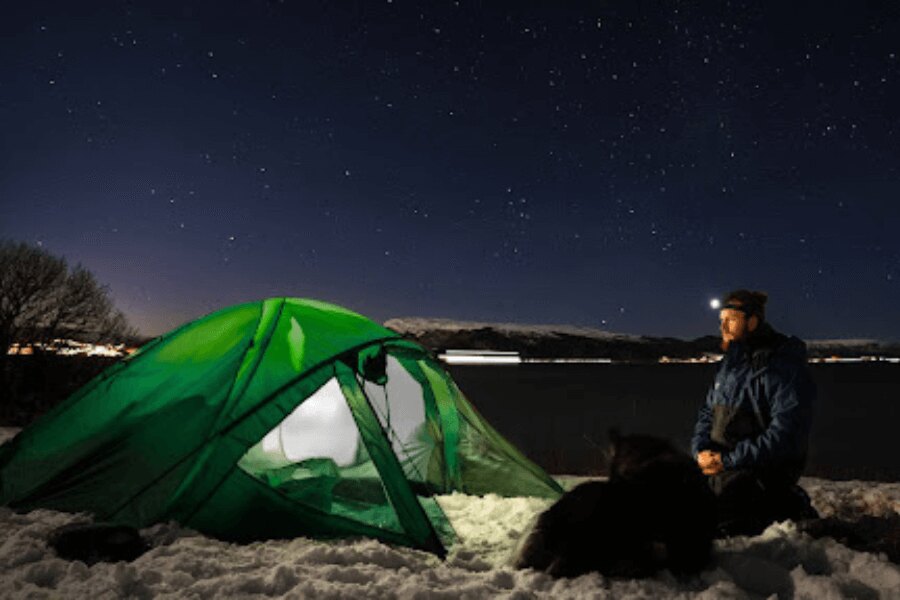
Pack important gear hat can't stay in the cold overnight in your sleeping bag. This includes a water filter, electronics and batteries or a headlamp.
4. You underestimate the choice of a sleeping mat
- Tip 1: suitable sleeping mat
Not only the sleeping bag, but also the choice of the sleeping mat should be adapted to the outside temperature and the overall situation. If you're going to sleep in the snow, the type of sleeping mat and its characteristics should match. The main thing you want from a winter mat is hat it insulates well and doesn't soak up moisture.
The sleeping bag itself does not heat, but is "heated" by body heat. But for proper insulation, you need to leave some space between your body and the sleeping bag, a kind of air layer hat prevents the heat from transferring outwards. When you sleep on the ground, you naturally push against the mat, so this layer will disappear under your body. So most of the heat escapes from underneath, and that's a big problem when you don't have a mat that actually insulates well. Inflatable and self-inflating mattresses are ideal for this purpose, because air is (after vacuum, which you can't create in the field) the best insulator.
- Tip 2: Inflate correctly
And there is one more problem with a sleeping mat, which is most evident in winter, and hat is inflation by mouth. When you inflate the mattress with your mouth, you get moisture inside, which starts to condense and makes the mat you are lying on colder than it could be. This will degrade the overall performance of the mat and it will not be as effective in the temperatures it is rated for.
hat's why, especially in the winter, it's a good idea to pack a pump that fills the mat with dry air. This prevents the spread of mould, moisture and cold. What's more, inflating the pump is much more comfortable than inflating it by mouth.
- Tip 3: Don't breathe into your sleeping bag
And while we're on the subject of humidity, try not to breathe into your sleeping bag in addition to breathing into the mattress. Breathing into your sleeping bag may seem like a good idea at the time - it warms you up and makes you feel better. But, as we said, breath contains moisture particles hat will gradually start to condense and you may stop feeling comfortable. Even in a good sleeping bag, you suddenly get cold.
5. Even a pillow counts
It may seem like a small detail, but choosing the right pillow under your head also plays a role in winter. Even some seasoned backpackers pack a pillow instead of... well, nothing extra. It's great not to carry an extra ounce in your luggage, but strict minimalism isn't always for the best. Quality sleep is important to recharge.
A jacket rolled up under your head will definitely not give you a full night's sleep. Modern outdoor pillows are so light and compact hat you won't even notice their presence in your sleeping bag. On the other hand, these pillows will help insulate you from the ground in the neck and head area, and will also give you a more comfortable sleep that your spine will especially appreciate.
Caution: inflatable cushions, especially in winter, have the same problem when inflated by mouth as a car mattress (as described in point 4). However, there are also cushions hat are not inflatable.
6. You're not warming up the equipment hat needs it
In winter it is logically cold, and therefore often freezing. And frost is bad for a lot of equipment. It's certainly bad for water filters, especially those hat you used the day before and are still full of water. And a water filter is not exactly a cheap item. If you're taking this particular piece of gear with you on a winter trip, be sure to pack it in your sleeping bag for the night. Just like batteries for any electronics, whether we're talking about a smartphone, camera, or even a headlamp.
7. You'll crawl into your sleeping bag chilled
A sleeping bag is not a heater. In virtually every article hat covers sleeping bag, we repeat the same basic fact over and over again - that the sleeping bag itself doesn't heat, it only insulates and keeps body heat (or body cold) inside. If you get into a sleeping bag too cold, it will take longer to warm up. Plus, once you limit your movement, you may even start to feel even colder than before. That's why we recommend some light exercise before bed - but not so much that you sweat. Exercise or prepare some wood for your morning fire.
An alternative is to heat water in a drinking bottle and wrap it in a piece of clothing, such as socks. hat way you can have something like a small heater in your sleeping bag. And by the time the bottle gets cold, you'll be warm. But make sure the bottle has a good seal, otherwise you could do more harm than good and spill water all over your sleeping bag.
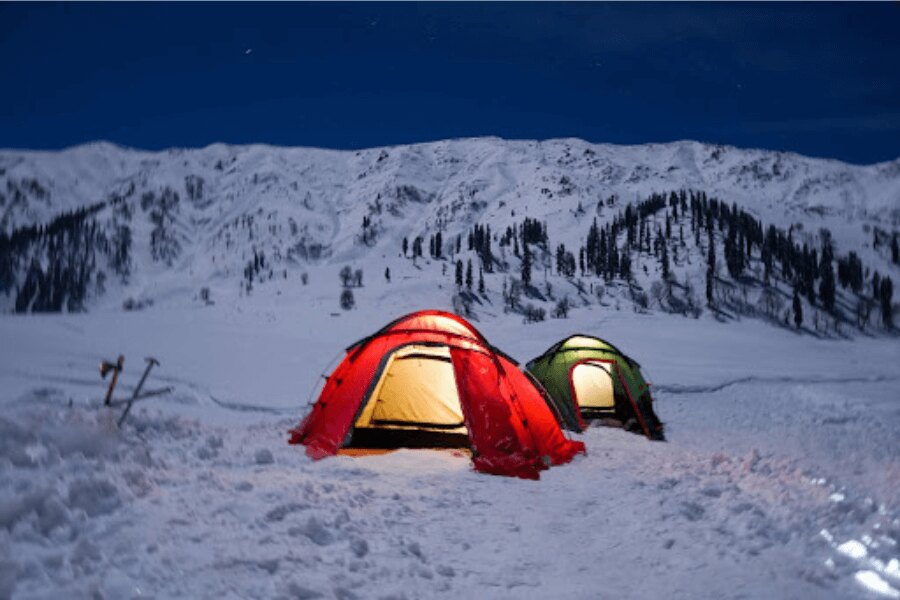
Leave at least some tent vents open overnight. This will prevent moisture condensation inside the tent and a perceived drop in temperature.
8. You crawl into your sleeping bag in sweaty clothes
We've already talked about the dangers of sweaty clothes, but we must point out one more related problem, namely the complications hat can arise when you crawl into your sleeping bag wet or sweaty. Again, there's a risk of catching a cold and you could be in bed for days or weeks.
So if you are going to sleep outside, make sure you pack dry clothes for your sleeping bag so you can sleep dry. No matter how good your sleeping bag is, always dress for winter, ideally in full body (merino) wool underwear. If you are still cold, layer the outer layers of clothing on top of the sleeping bag from the outside.
9. You're sleeping without a hat
Yes, this is also one of the common basic mistakes. Contrary to popular belief, the head is not the place where most of the heat leaves, but some heat does leave - the heat leaves the body more or less evenly over the entire surface of the body, including the head.
If you wrap yourself up in A sleeping bag but leave your head uncovered, you may still be cold and you're losing valuable body heat hat you can still use in the morning. So bring a hat, and ideally not a cotton one, as you're likely to be cold in freezing temperatures.
10. You close the tent tightly
Jestliže v zimě spíte ve stanu, jeho neprodyšné uzavření se zdá na první pohled jako dobrý nápad – získáte izolační vrstvu navíc a nebude vám tak chladno. Jenže opět tu máme již zmíněný problém s kondenzací vlhkosti z dechu. Výsledkem je zvýšená vzdušná vlhkost uvnitř stanu a nakonec i pocitově nižší teplota. Nechte tedy při spaní ve stanu otevřené aspoň některé ventilační otvory. Kondenzovaná vlhkost z dechu tak bude moci odcházet mimo stan a vy tak možná trochu paradoxně neprochladnete tak rychle.
If you sleep in a tent in winter, closing it completely up seems like a good idea at first glance - you get an extra layer of insulation and you won't be as cold. But then again, there's the aforementioned problem of condensation from breathing moisture. The result is increased humidity inside the tent and ultimately a perceived lower temperature. So keep at least some of the vents open when sleeping in your tent. This will allow the condensed breath moisture to escape outside the tent and, perhaps hat paradoxically, you won't get cold as quickly.
Finally
As you can see, it is possible to make many mistakes when winter camping, even if you have good equipment and past experience. Naturally, the above list doesn't include everything - you will certainly find other mistakes by yourself, or you may have already found them in the field.
And if you don't plan on sleeping outdoors in the winter, but prefer one day trips, then you can read one of our older articles hat focuses on the most common mistakes we make when hiking in the winter.
Readers are further interested





































































































































